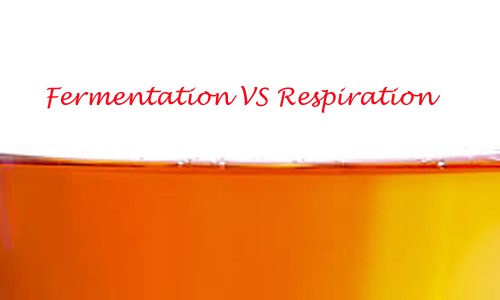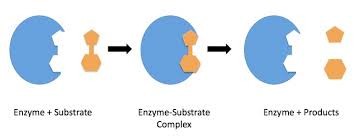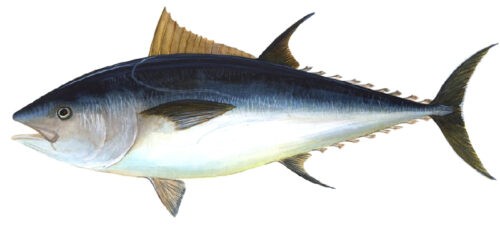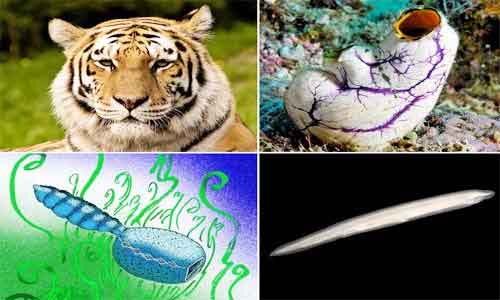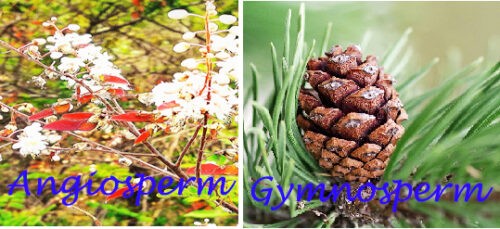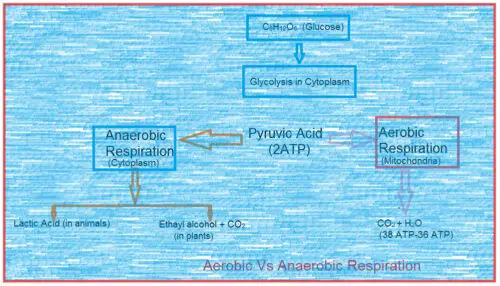Fermentation Vs Respiration : Definition, Types and Differences
The term ‘ferment’ is derived from the Latin word ‘fervere’ meaning “to boil.” In the late 14th century, alchemists described fermentation process and it became the subject of scientific investigation in the 16th century. In the 1860s, Louis Pasteur studied the fermentation process. In 1897, German chemist Eduard Buechner first used fermentation process scientifically and … Read more

